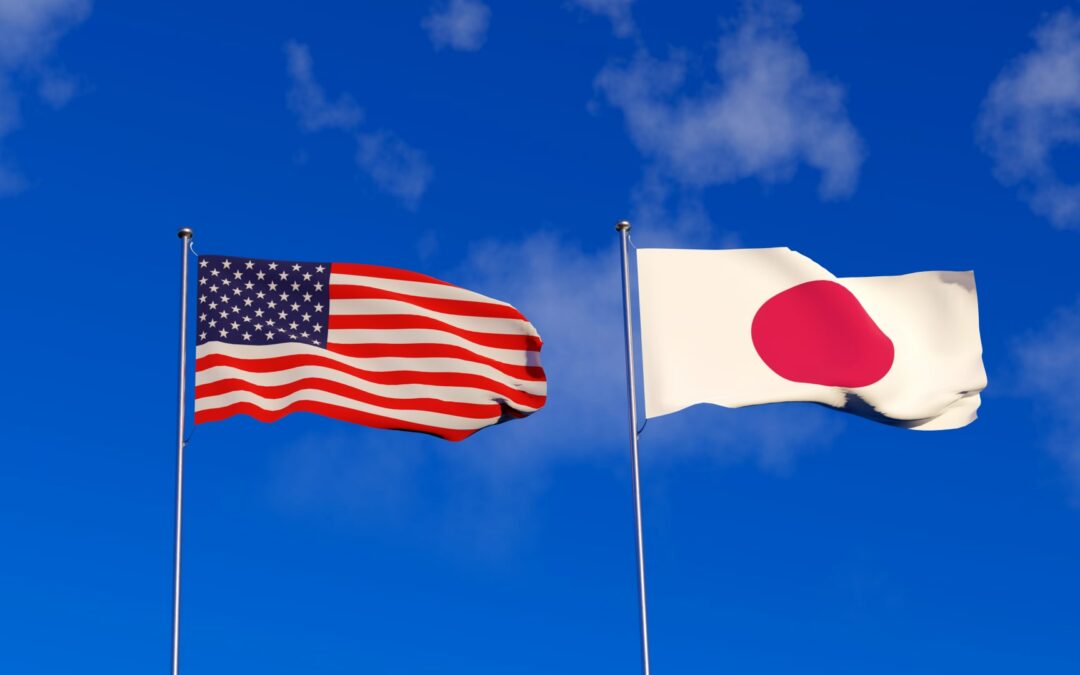Foreign and defense ministers from Japan and the United States will hold security talks on July 28 that for the first time will cover “extended deterrence”, a term used to describe the U.S. commitment to use its nuclear forces to deter attacks on allies.
Wong Yu Liang | Moment | Getty Images
Foreign and defense ministers from Japan and the United States will hold security talks on July 28 that for the first time will cover “extended deterrence,” a term used to describe the U.S. commitment to use its nuclear forces to deter attacks on allies.
While the pair have discussed the issue at lower levels before, the talks will elevate a subject that is sensitive in Japan, which has pushed for non-proliferation of nuclear weapons and is the only country to have suffered atomic bomb attacks.
Washington and Tokyo in April announced an historic upgrade to the U.S.-Japan alliance, first signed in 1951, as the allies look to deter what they see as rising regional threats from China, Russia and North Korea.
“In the face of growing unprecedented threats in the region, the United States and Japan are going to demonstrate in a responsible way how we will stand up and ensure not just the defense of Japan but also our contribution to regional security,” U.S. Assistant Secretary of State for East Asia and Pacific Affairs Daniel Kritenbrink said ahead of the talks due to take place in Japan.
“Our security treaty commitments to our Japanese allies are ironclad and we’re committed to using all means at America’s disposal, including nuclear, to make sure that we meet those commitments.
U.S. Secretary of State Antony Blinken will also hold a bilateral meeting with his Japanese counterpart during the visit, part of a pan-Asian trip to reassure allies of U.S. support as the November U.S. presidential election casts uncertainty over Washington’s foreign policy.
U.S. Defense Secretary Lloyd Austin will also hold three-way talks with his counterparts from Japan and South Korea.
The security talks with Japan will also include efforts to deepen cooperation between defense industries and upgrade command structures to improve coordination between their militaries .
“These historic 2+2 talks will cement our shift from a focus on Alliance protection to one of Alliance projection,” U.S. ambassador to Japan Rahm Emanuel said.
“Through a transformation of the command structure of the United States forces in Japan, aligned with Japan’s own groundbreaking launch of its joint command next March, the Alliance will be ready and equipped to respond to the security challenges of the Indo-Pacific for decades to come.”
The talks come as the U.S. considers the biggest potential revamp of its East Asia military command structure in decades as Japan plans to establish a new joint headquarters to oversee its Self Defense Forces by next March.
Japan provides a base for the U.S. to project its military power in Asia, hosting 54,000 American troops, hundreds of its aircraft and Washington’s only forward-deployed aircraft carrier strike group.









